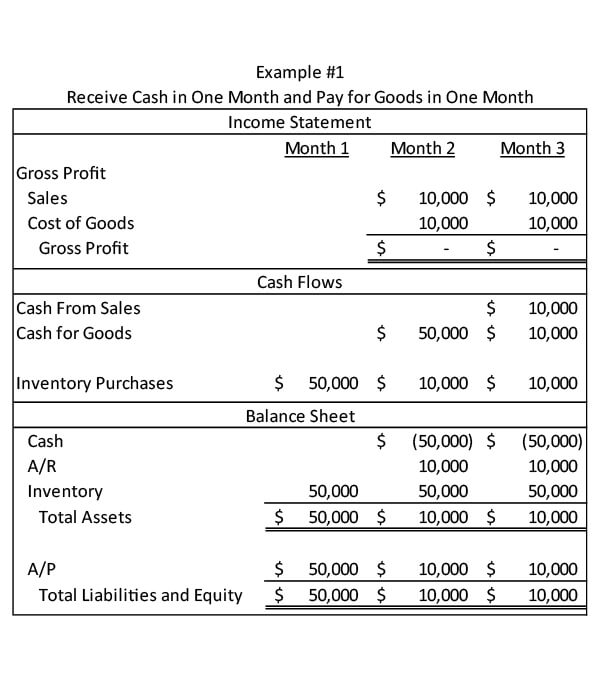Permanent working capital is a net asset that people often forget needs to be funded. It’s part of the reason that fast-growing companies run into cash flow issues.
The Definition and Sources of Permanent Working Capital
Permanent working capital is the amount of working capital that a company consistently maintains. It’s the net current assets that you’ll never receive in cash until you no longer operate.
The biggest source of this is the timing of your cash conversion cycle. I go into the cash conversion cycle more in my article on how to reduce the cash conversion cycle. The cash conversions cycle is the time from when you pay for inventory or staff until you receive cash from your customer.
For a company that sells goods, you will need to buy a large amount of inventory to stock your store or warehouse. You will constantly have that amount of inventory until you close. Also, the longer it takes to collect cash from your customers, the larger your permanent working capital.
Examples of Permanent Working Capital
Here are two examples of where permanent working capital comes from.

In Example #1, the company buys $50,000 of inventory before opening. This company pays for goods one month after receiving them, and they also receive cash from customers one month after the sale.
In month 2, they sell $10,000 worth of goods and restock the same amount. For simplicity, I’m showing a company that sells goods and buys goods at the same price. This is obviously not a good strategy in real life. In month 2, they pay for the inventory they bought in month 1. In month 3 and going forward, they are always receiving $10K from customers and paying $10K for inventory, so their cash is always negative $50K.

In Example #2, it now takes two months for the company to collect from customers. Look at the balance sheet in the bottom right. Cash was -$50K in the first example, and now it’s -$60K in month three. That’s because the company paid for the original $50K of inventory and the $10K purchased in month 2 but hasn’t received any cash from customers yet. This shows the impact of slow receivables collection.
Managing Your Cash Conversion Cycle to Free Cash
Cash invested in working capital isn’t available for other investments and the growth of your business. It’s cash that can’t be distributed to owners or to pay off expensive debt. One of the best ways to reduce your permanent working capital and increase your cash is to reduce your cash conversion cycle. I discuss this and other cash tips in my Managing Cash Flow course.
For more info, check out these topics pages:
